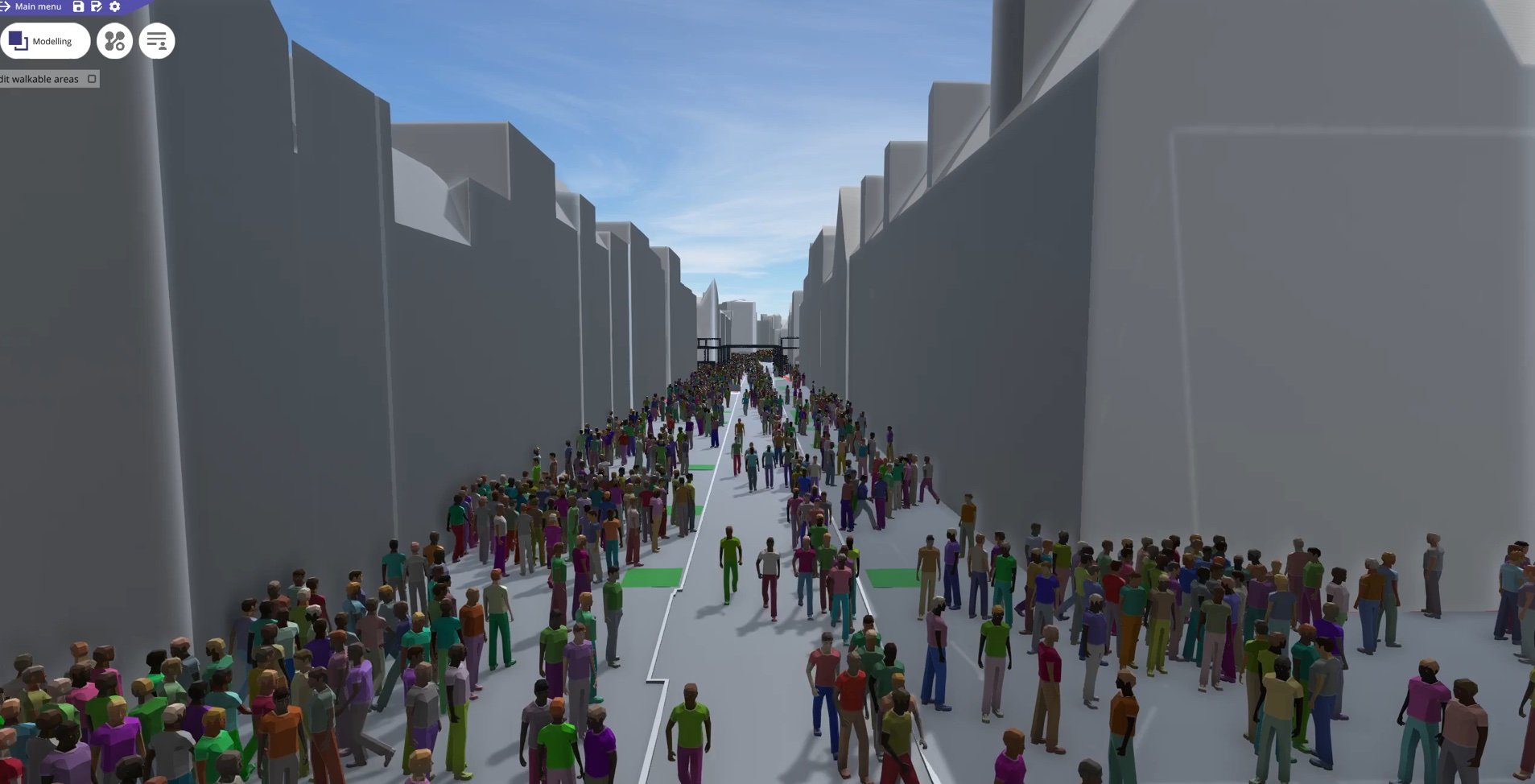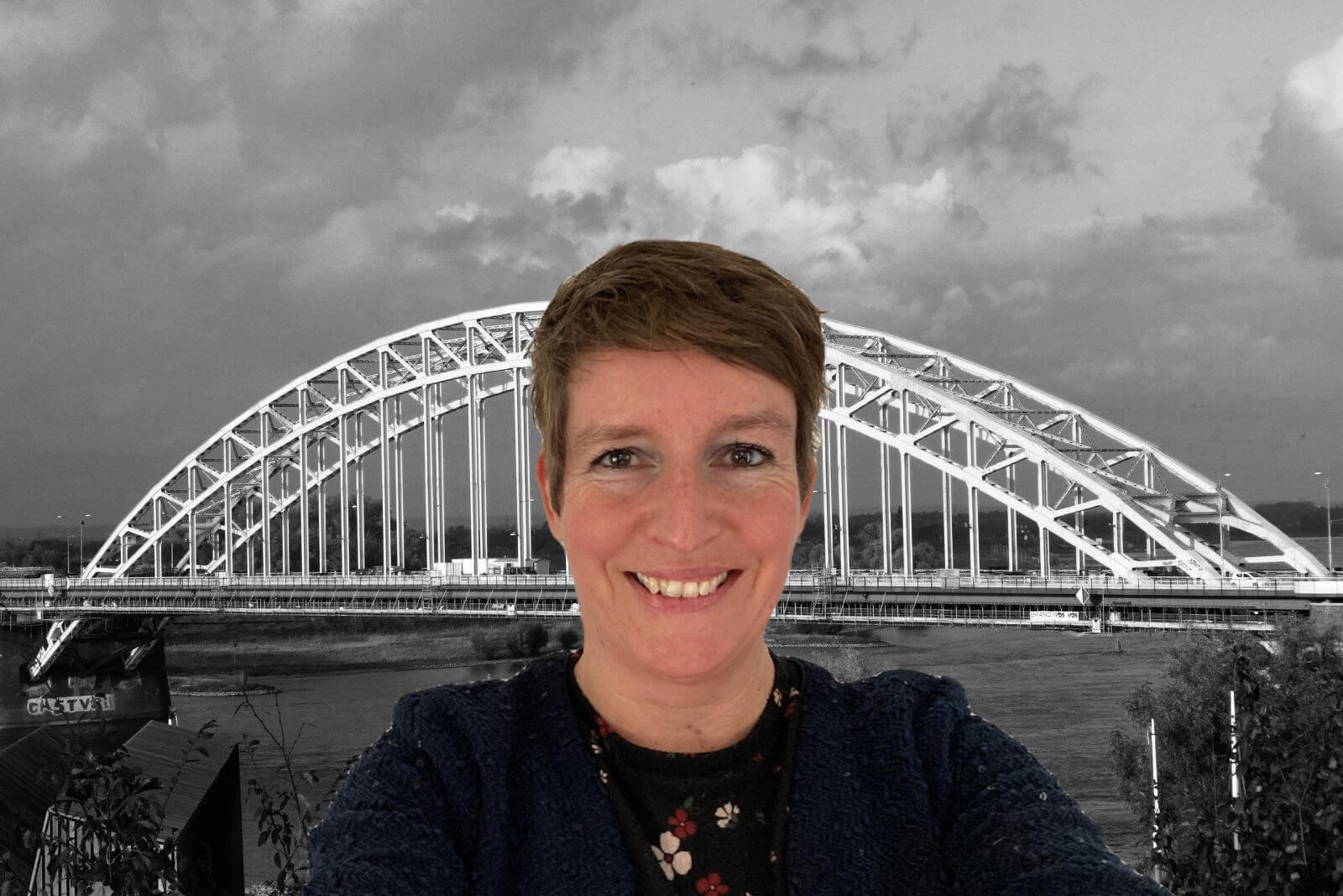
The Dutch city of Nijmegen is getting a Digital Twin this week. This digital 3D twin city will help improve safety and make the organization of the event more efficient and faster.
Nijmegen is bursting at the seams this week with just under 40,000 Four Days Marches’ participants and hundreds of thousands of spectators each day of the marches and visitors to the Four Days Marches festivities. These festivities take place all over the city center with over forty stages and more than 165 outdoor cafes. It is the largest event in the Netherlands. For the first time this year, the ‘digital twin city’ i.e., Digital Twin, is helping the organization by translating the physical world into a 3D environment in minute detail.
Data and information are linked
In this Digital Twin, all kinds of relevant legal requirements, conditions, map materials and data from various systems are linked together. Virtually the entire center of Nijmegen has been mapped out. E.g., where housing, trees or lampposts are located, but also where utilities are. “This mapping is useful during an event and in the preliminary planning stages, such as the permit issuing process,” explains Paul Geurts, strategic advisor for Information Management at the municipality of Nijmegen. The licensing authority can assess the plan more effectively where the legal requirements, the environment and specific conditions are concerned. For example, the organizer can already check how high curbs are. Or where there is a vulnerable tree so that no poles are allowed to be driven into the ground.

Simulation
Before and during an event, the Digital Twin can also simulate, control and monitor events to ensure that they are handled efficiently and improve safety levels. Are all the rules being complied with? Are the EXIT signs in the right place? Can the fire brigade reach the sites? Or are any tables in the way? “To do this, we use augmented reality, among other things, which allows you to place objects and obstacles in spaces,” says Nanco Oudejans, who is involved in the Fieldlab on behalf of the police.
Interactive map
All data is stored in a three-dimensional interactive map that is continuously updated. Data and algorithms are used as cautiously and securely as possible, with great attention being given to privacy. Various organizations are working together in the Fieldlab, such as the municipality of Nijmegen, the Gelderland-South Safety Region, the Four Day Marches Foundation and the organization of the march. But national partners are also involved, such as the Netherlands’ Cadastre, Land Registry and Mapping Agency, Mojo Concerts and the companies uCrowds, Esri Nederland and Cyclomedia.

Testing in real-life situations
The Fieldlab is still under development. “We wanted to start testing in real life situations before, but there were no events on account of corona,” Geurts says. Nijmegen is the first city to make use of technology like this as a way to improve safety and organizational efficiency. “We have also already deployed the Fieldlab at a couple of large concerts by Rammstein and the Red Hot Chili Peppers in the Goffertpark earlier this summer. At the Four Days Marches and Four Days Festivities, the scale of it all is obviously much grander.”

Monitoring crowds
Four Days Marches and the festivities. This can be simulated in advance and you can see where visitors will not (be able to) move and where they can flow through. Bottlenecks can be identified beforehand and solved by directing people elsewhere. Sensors are installed at various locations in Nijmegen to keep track of the number of people coming and going. This makes it easier to manage crowds. “You can see where it will be busy. The next question is what kind of action are you Abe to take,” says Geurts. “For instance, think of a crowd monitor via an app, or advice to visitors to head to a different location.”
Deployable nationwide
Right now, the Fieldlab is up and running to support the Four Days Marches. It is trying out what works and what you can do with it. The goal is to make the Digital Twin deployable nationwide, so that event organizers in the future can plan their events in different cities in the same way.

